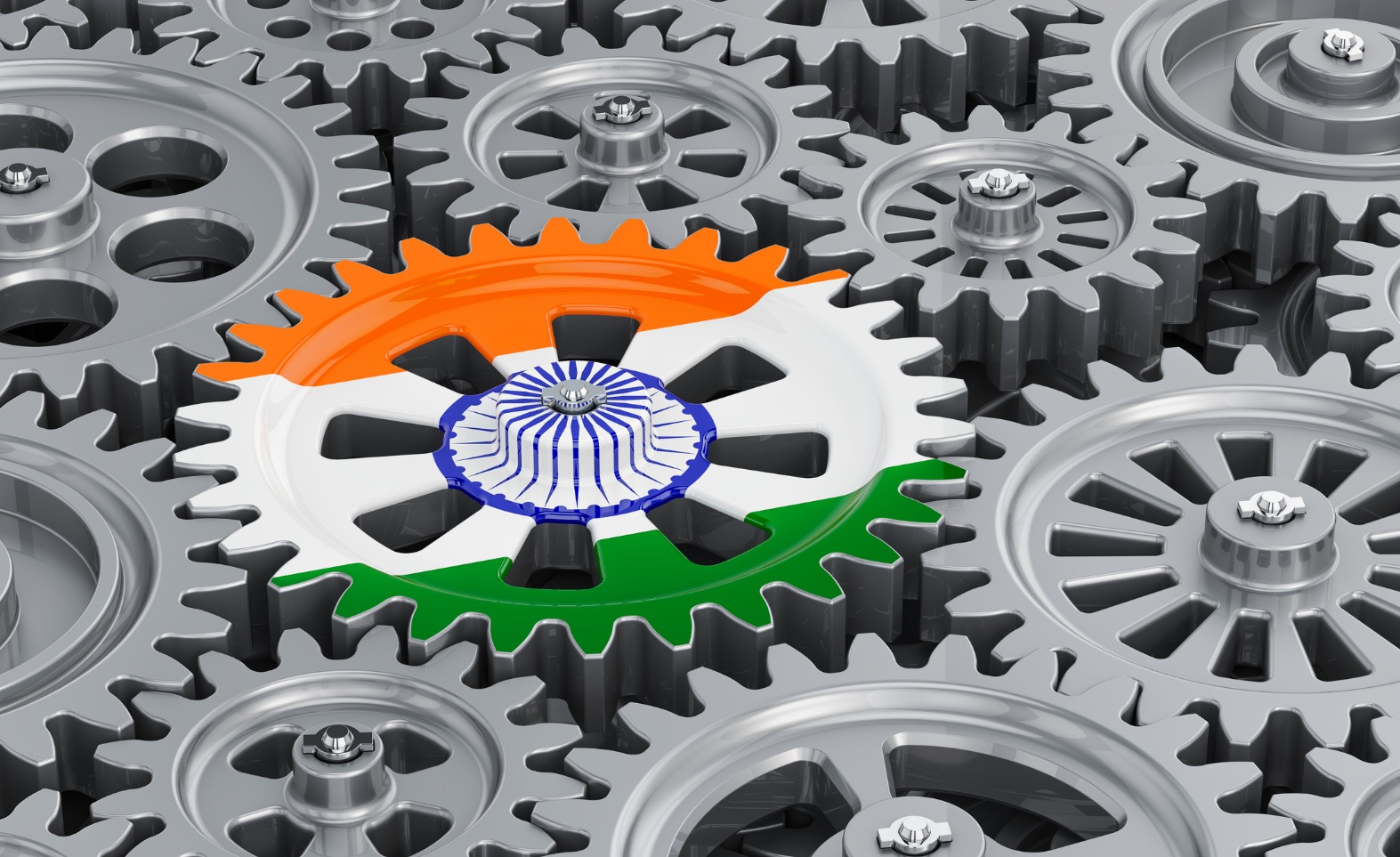
July 30, 2024
The paper highlights the necessity of avoiding the Middle-Income trap and achieving sustained GDP growth of 7-10% over the next 20-30 years
Achieving this vision requires the Indian economy to grow nine times from its current US$ 3.36 trillion and per capita income to rise eightfold from US$ 2,392 annually
The Viksit Bharat concept envisions India as a developed country with a high per capita income and advanced social, cultural, technological, and institutional features
Key challenges include upgrading manufacturing and logistics capabilities and bridging the rural-urban income gap

India must aim to become a US$30 trillion economy with a per capita income of US$18,000 per annum by 2047, as detailed in NITI Aayog’s ‘Vision for Viksit Bharat @ 2047: An Approach Paper’. This vision emphasises the need to avoid the Middle-Income trap and achieve sustained growth rates between 7-10% over the next 20-30 years, which only a few countries have managed historically.
India must grow its GDP ninefold from the current US$3.36 trillion and increase its per capita income eightfold from US$2,392 per annum to reach developed nation status. The paper describes Vikshit Bharat as a nation with the characteristics of today’s high-income countries, boasting a rich heritage and capabilities at the forefront of knowledge.
According to the World Bank, high-income countries have annual per capita incomes exceeding US$14,005 (as of 2023). India aspires to join these ranks by 2047, the centenary of its independence. The paper identifies structural challenges such as enhancing manufacturing and logistics and bridging rural-urban income disparities.
During NITI Aayog’s ninth Governing Council meeting, chaired by Prime Minister Narendra Modi, the paper highlighted the need to balance energy security, access, affordability, and sustainability. It also stressed the importance of improving industrial competitiveness to transform the agricultural workforce into an industrial one, making India a global manufacturing and service hub.
The vision for India’s future must be a collective effort involving contributions from the entire nation rather than a single government or a few individuals. The document positions India at a historical turning point, with the potential to make the 21st century its own as it leaps confidently into the future.
Source: Economic Times